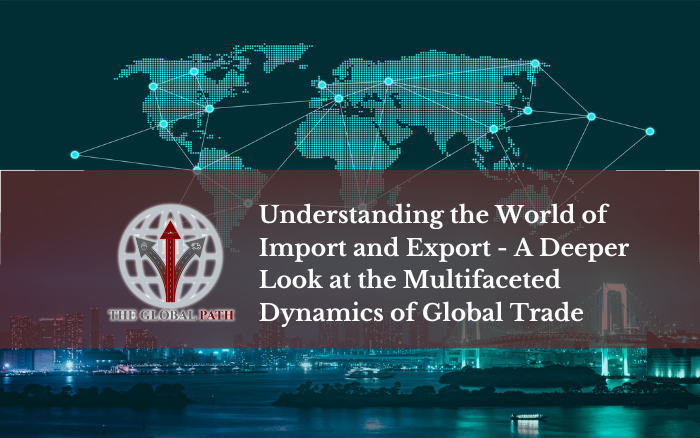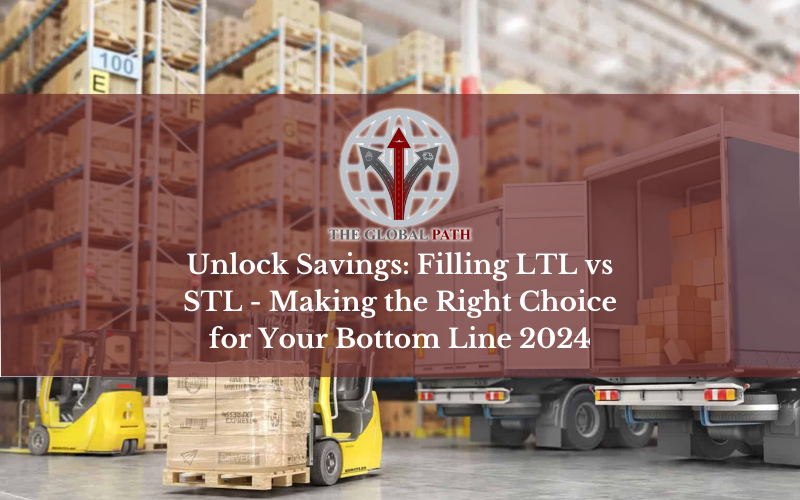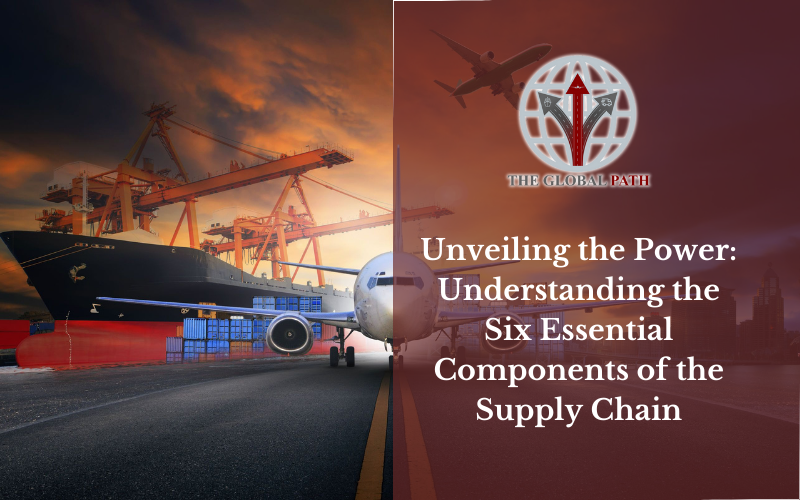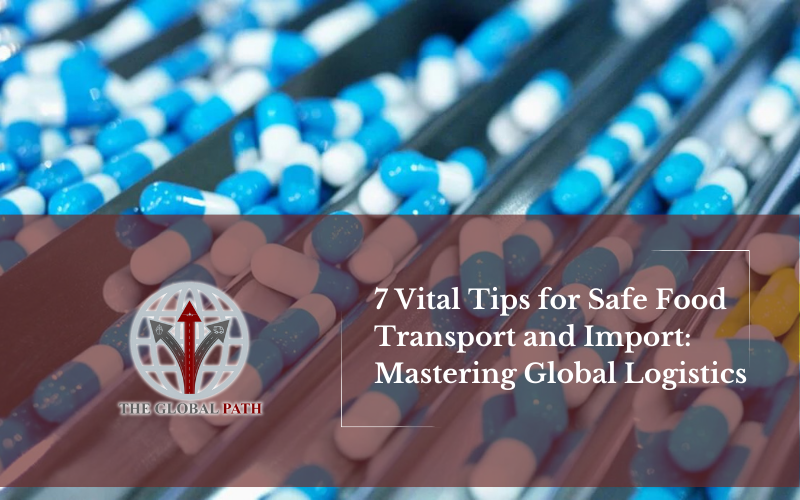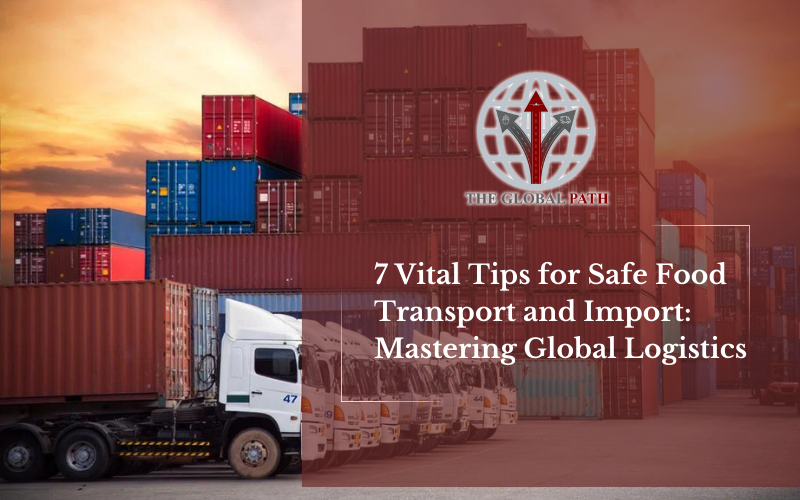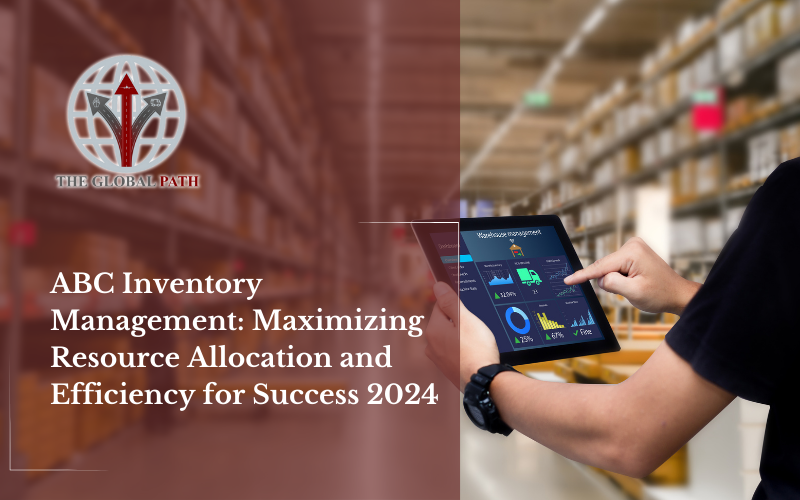The tradition of carrying out import and export of goods originated during the Roman Empire when traders from Europe and Asia traveled across the vast continent of Eurasia to import and export goods. The Silk Road saw a boom in trade in the 13th and 14th centuries. Over the desert, caravans bearing goods from China and India made their way to Alexandria and Constantinople. Italian ships then carried the products to ports in Europe.
Because of the vast distances and diverse native tongues spoken, intermediaries have been a standard part of import and export for centuries. The 1400s saw no exceptions in the spice. trade. Because Europeans lacked refrigeration and had to use a lot of salt to preserve meat, they had to be extremely careful not to eat half-rotten flesh, which made spices extremely popular.
The meat’s otherwise deficient flavor was covered up by the spices. Spices were also used as medicines by Europeans. The spice trade began as a result of European demand for spices. The issue was that being grown in jungles half a world away from Europe, spices were complex. The challenging overland trek to the regions rich in spices required numerous intermediaries along the route. At every stage, the price of the spice increased due to the fees charged by each intermediary. The spice cost had risen by 1,000% by the time the journey ended.
Selling goods and services produced or sourced domestically in another country is known as exporting. The opposite of exporting is importing.
Purchasing goods and services from overseas vendors and reimporting them into one’s nation is known as importation. Global sourcing is another name for importation.
An Entrepreneur’s Life-Changing Success Story At a Glance:
Heritage Link Brands, Selena Cuff’s wine import business, was founded in 2005.
Although importing wine is nothing new, Cuffe uniquely approached the task by concentrating on wine made by South Africans of African descent. After seeing more than 500 wines from 86 producers on display at a wine festival in Soweto, Cuffe came up with the concept. After conducting market research, Cuffe discovered that the $3 billion African wine market exists. She also decided to close a gap in the market for wine made by native African vintners. She used credit cards and savings to raise the $70,000 she needed to launch her business. Revenue was only $100,000 in the first year, but Cuffe sold to over a thousand eateries, shops, and supermarkets in the second year and saw a massive increase to $1 million. Better still, American Airlines started offering Cuffe’s imported wines on flights, providing a consistent revenue stream amidst the increasingly unstable restaurant industry. Cuffe attributes her success to her passion and perseverance in adhering to the regulations necessary to conduct an import business.
How Can Trade Be An Effective Entry Strategy And Help You? Establish a Solid International Presence?
Exporting can be a successful business entry strategy when starting in a new foreign market. Compared to the other tactics, it is a low-risk, low-cost choice. For the same reasons, small and midsize companies unable or unwilling to commit substantial capital to entering foreign markets would find exporting a viable strategy.
Businesses can use their salespeople or a local distributor to sell to foreign nations. Numerous government export-trade offices can assist a business in locating a regional distributor. The Internet has made it easier for international companies to find local distributors and conduct business more effectively.
Distributors act as the company’s overseas market representative and act as export intermediaries. Distributors frequently serve as the “face” of numerous businesses in a given nation, promoting goods, answering inquiries from clients, and collecting money. The distributors frequently obtain ownership of the products before reselling them. Distributors are used by companies because they are an affordable entry point into the local market and are familiar with it.
Nevertheless, employing distributors to assist with export can present unique difficulties. For instance, some businesses discover that having a committed salesperson who visits the nation regularly increases sales compared to depending entirely on the distributor.
This is frequently the case because distributors offer a variety of goods, occasionally even ones that are rivals. Monitoring whether the distributor favors one company’s product over another can be challenging. Some businesses discover that, in certain cases, especially when dealing with complex, high-tech products, Chinese consumers may be more inclined to purchase a product from a foreign company than a local distributor due to cultural differences. Put simply, Chinese people tend to believe that a salesperson from overseas has more knowledge of their product than they do.
Science Behind Exporting:
Many questions will pop into your mind. For example, why do companies even export when they can sell in their own countries? They export because it’s the most straightforward way to do it. Taking part in international trade requires less capital than other entry strategies, and it’s much simpler to quit exporting than to break free from the other entry modes. An export partner, such as a distributor or an export management organization, which can aid this process. An export management company (EMC) is a stand-alone business that handles the tasks that an export department of a company would handle. To facilitate direct export, the EMC takes care of the required paperwork, locates export buyers, and acquires title to the goods.
The EMC bills a charge or a fee for its services in exchange. The company does not need to develop these resources because an EMC handles all the tasks that an export department would. Above all, do exporting allows a business to enter new markets quickly.
Benefits of Exporting:
Market: The company’s entry into a new market has resulted in increased earnings.
Currency: The company benefits from increased revenue as well as the ability to use foreign currency, which is advantageous for businesses in particular parts of the world, like Egypt, the home country of Vitrac.
Production: Because the company is able to produce at higher volumes and purchase source materials in higher volumes, thereby benefiting from volume discounts, the cost to manufacture a given unit has decreased.
Risks Associated With Trade Business:
Relying solely on the trade business carries risks. If you only export to one nation, the distributor or consumers might try to switch to a different supplier to obtain a better deal, or they may actually switch to one that is less expensive. Alternatively, someone might start producing the product locally and steal your market share. Additionally, local buyers may think that a business that solely exports to them isn’t very dedicated to offering after-sale service and support. As a result, customers might favour purchasing from a domestic producer. This is the moment when a lot of businesses start to second-guess the value of maintaining a local presence and turn to one of their other entry alternatives.
Morality in Practice
Various nations have distinct laws regarding food and drugs.
Local regulations pertaining to safety, purity, packaging, labelling, and other aspects frequently apply to specific products, particularly medications and foods. Businesses that wish to produce a good that can be sold in several nations are required to abide by the laws of every single target market. Adhering to the highest standard may result in a higher product cost overall. Because of this, some businesses decide not to operate in markets where it would be more expensive to comply with the regulations. Is it moral to market a product in one nation that another considers inferior?
Contract Are They An Innovative Entry Strategy?
Innovative Entry Modes: One simple way to get into an international market is through contract exporting. Companies have the option to pursue more specialized entry modes, such as investment or commercial modes, in addition to exporting. Using contracts instead of investing is what is meant by contractual modes. Let’s examine the two primary forms of contractual entry: franchising and licencing.
Conclusions:
In conclusion, the world of imports and exports offers a rich history and promising opportunities for growth. From ancient trade routes to modern success stories like Heritage Link Brands, entrepreneurs have thrived in this promising industry.
While international trade brings alot of benefits with itself like market expansion and increased revenue and the much more, it also carries risks such as over-reliance on single markets and navigating complex regulations. However, you can easily bypass these risks with innovative strategies and maintaining ethical standards.
The import-export industry is a journey filled with opportunities and challenges. Businesses have a bright potential for long-term growth and success in the global economy with the correct information and persistence. So its all about you how you carry on.
F and Q’s
What is the concept of import and export?
Imported goods are those that a nation purchases from another, while exported goods are those that a nation sells to another. In this market, logistics is an essential component.
Why is it important to look at a country’s import and export?
The amount of import and export a nation makes can affect its GDP, interest rates, inflation rate, and exchange rate. An increase in imports combined with a widening trade deficit can be detrimental to a nation’s currency rate.

